- Description
- DATASHEET
- Reviews (0)
Description
TNG2DAP overview
TNG2DAP Super C-band OA base board.
Apply to OSN 9800 M05, OSN 9800 M12 and OSN 9800 M24, it supports gain adjustment, in-service monitoring of optical performance, gain locking, and transient state control.
TNG2DAP supports Alarms and performance events monitoring and Optical-layer ASON functions.
TNG2DAP supports Transient state control and Gain locking functions.
The TNG2DAP board is a dual-channel pluggable optical amplifier board that amplifies optical signals. The DAP board provides the optical amplification function. The DAP board supports gain adjustment, in-service monitoring of optical performance, gain locking, and transient state control.
Valid slots
| Device | Number of Occupied Slots | Physical Slot | Logical Slot |
|---|---|---|---|
| OptiX OSN 9800 M05 | 1 | IU1, IU2, IU3, IU4, IU5 | IU1, IU2, IU3, IU4, IU5 |
| OptiX OSN 9800 M12 | 1 | IU1 to IU13 | IU1 to IU13 |
| OptiX OSN 9800 M24 | 1 | IU1 to IU24 | IU1 to IU24 |
| Item |
TNG2DAP |
|---|---|
| WDM specification | Supports the DWDM specifications. |
| Pluggable amplifier optical module |
Supports single-wavelength OA modules: TNG3PA30 (center wavelength: 1550.12 nm). Optical-layer features such as ALC, IPA, and OD are not supported. NOTE: The TNG3OBCE106 and TNG2OBCU22S modules cannot be installed in V100R21C10SPC300 and earlier versions. |
| Working mode |
|
| Basic EDFA function |
|
| Gain locking technology | The EDFA has the gain locking function. When this function is enabled, adding or dropping one or more channels or signal power fluctuation inside some channels does not affect the signal gain of other channels. |
| Gain adjustment |
|
| Gain adjustment |
|
| Transient control | The EDFA inside the board has the transient state control function. When channels are added or dropped, the board can suppress the power fluctuation inside the signal channels to support smooth upgrades and expansions. |
| Automatic shutdown of output optical power | Not supported |
| Online optical performance monitoring | Provides an online monitoring optical port (MON). Through this optical port, a small number of optical signals can be output to an optical spectrum analyzer or an optical spectrum analyzer board. In this manner, the spectrum and optical performance of the multiplexed optical signals can be monitored without interrupting services. |
| Line fiber quality monitoring | Not supported |
| Optical Doctor | Supported |
| Optical-layer ASON | Supported |
| Alarm and performance event monitoring |
|



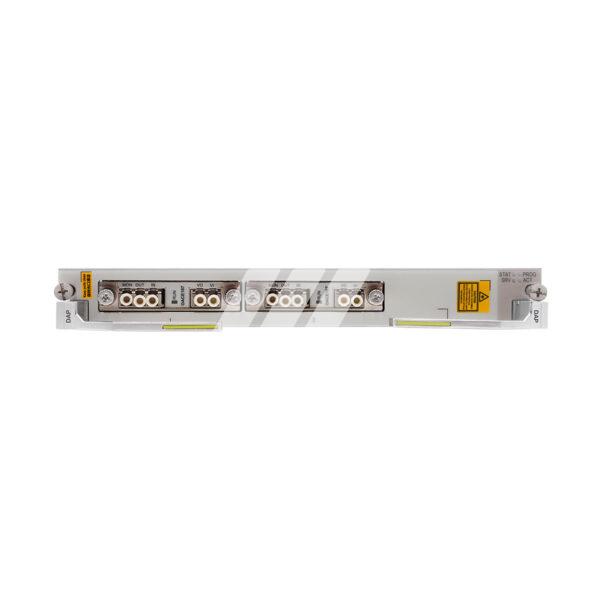
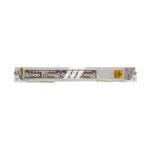
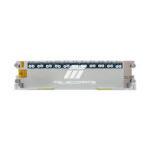

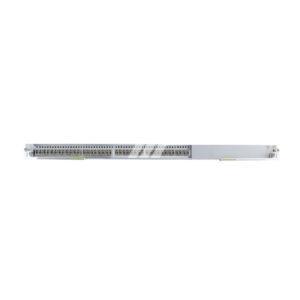
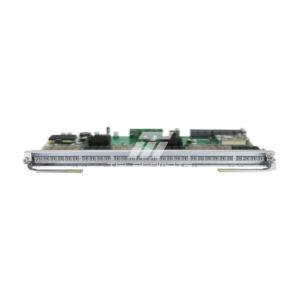

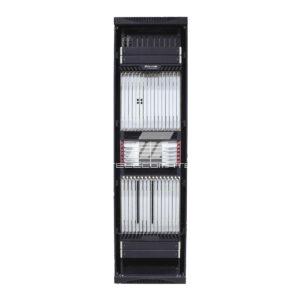
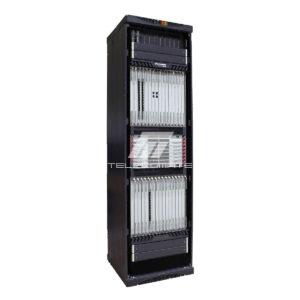
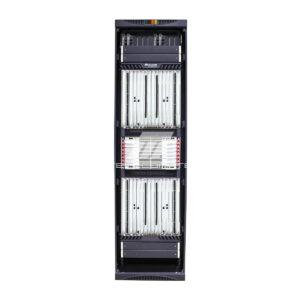
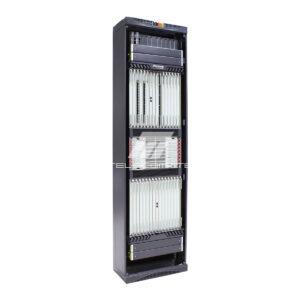
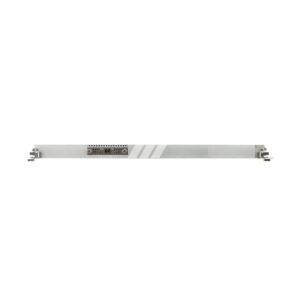
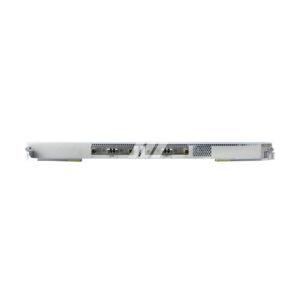
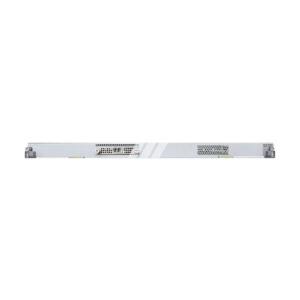
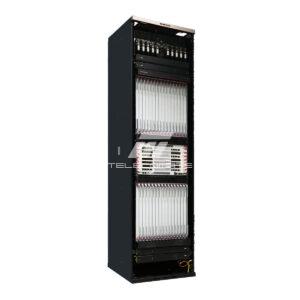
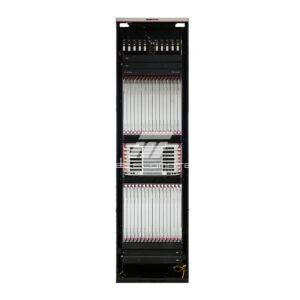
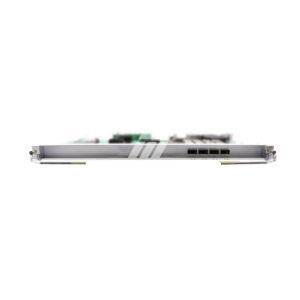
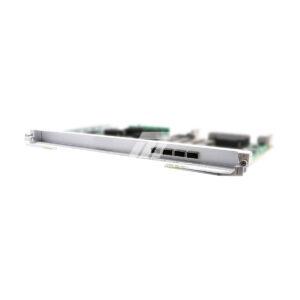
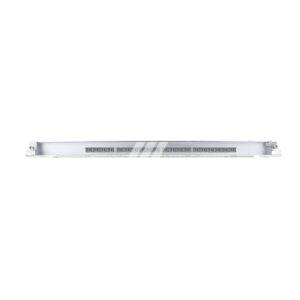
Reviews
There are no reviews yet.